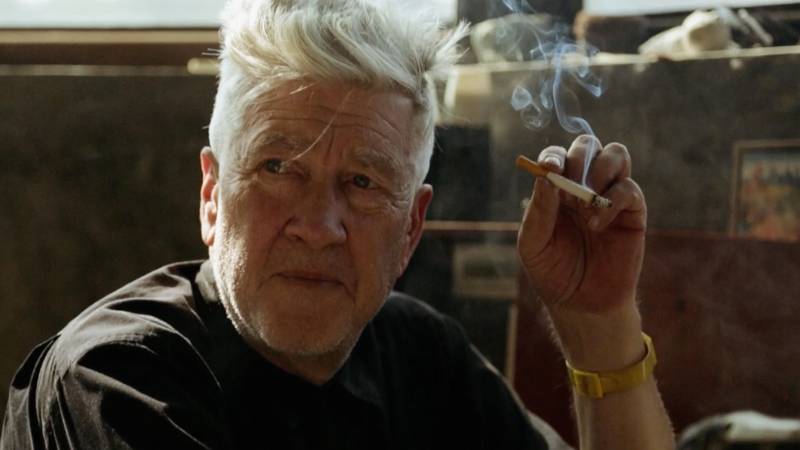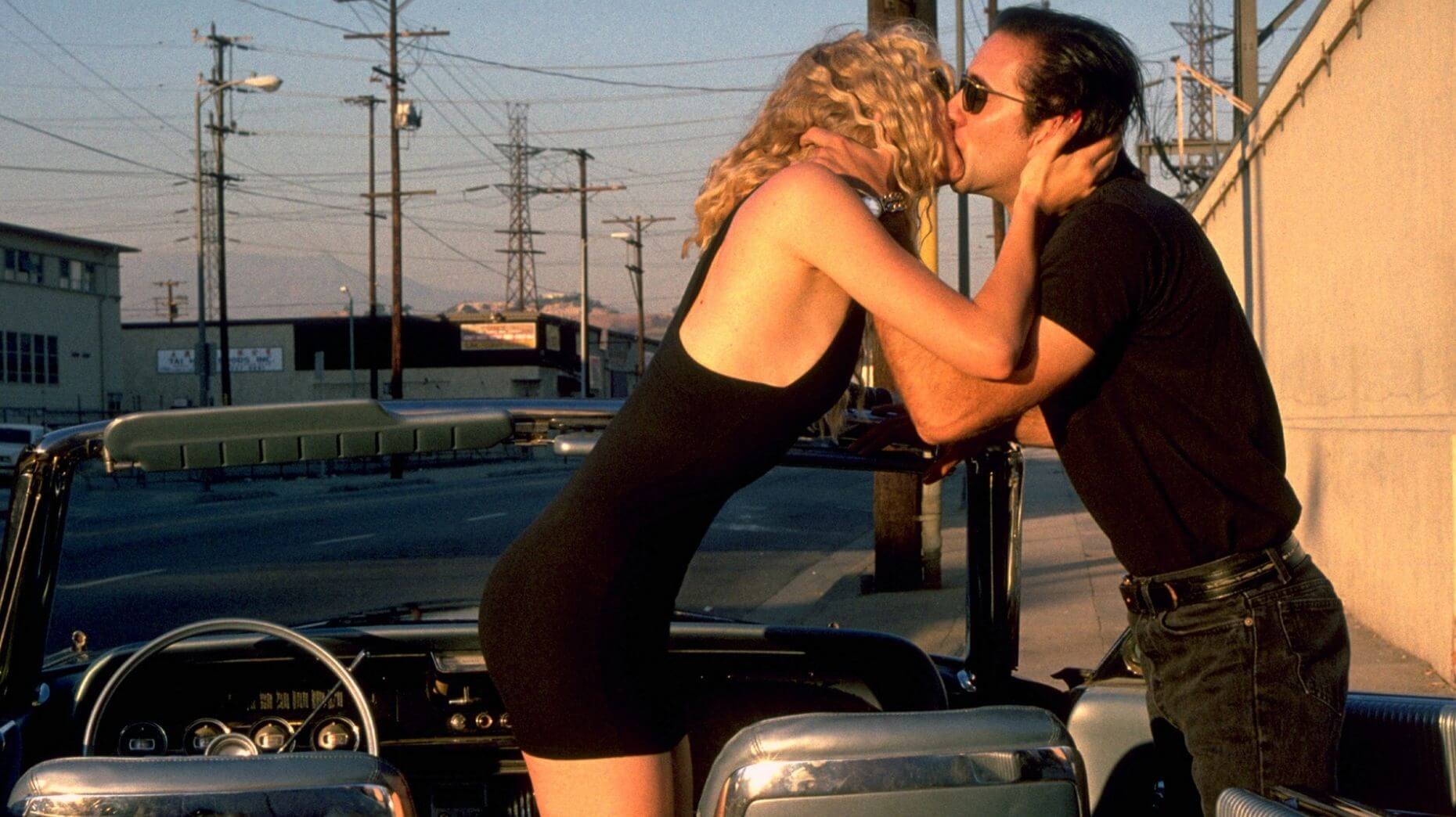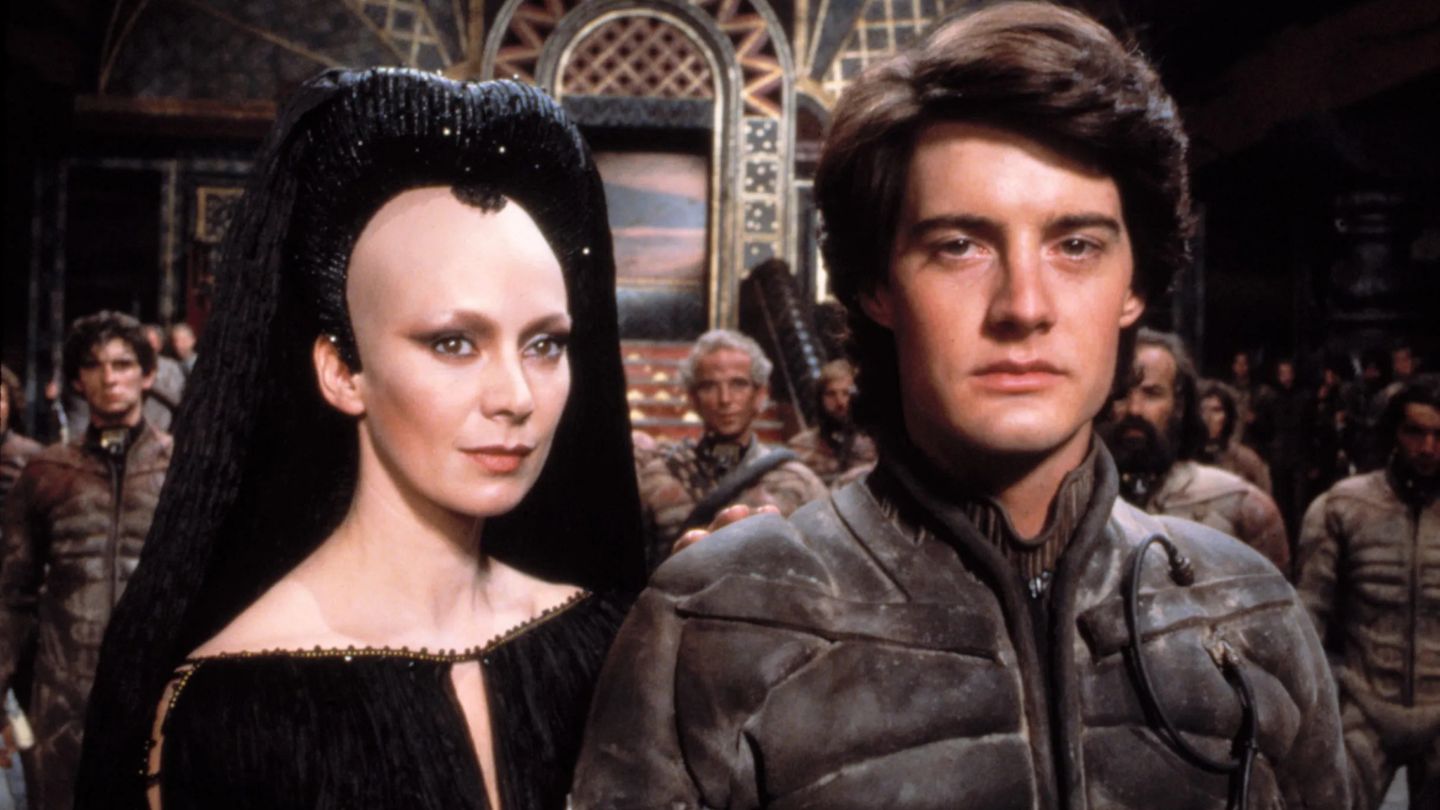Few filmmakers’ names turn into adjectives. But so distinctive is David Lynch’s feature-length work — with his noir visuals, unsettling narratives, stutter-step pacing and ethereal soundtracks — that we now use “Lynchian” to describe all manner of strange stuff, both real and fictionalized.
Since his death on Jan. 16, David Lynch tribute programs have popped up across the Bay Area, but the Roxie’s concentrated “In Dreams” retrospective, playing March 6–13, packs eight films into eight days, with multiple screenings of many. Which leads me to wonder, what would happen to someone who watches all the films back to back?
“Well, I think they’ll be more connected to reality, to be honest,” says Isabel Fondevila, the Roxie’s director of programming and curator of the retrospective.

Audiences must see Eraserhead, she insists, Lynch’s self-described “dream of dark and troubling things,” his debut black-and-white feature about a distinctively coiffed man experiencing the horrors of work, parenthood and in-laws. After it premiered in 1977, Eraserhead achieved fame as a midnight film in New York and Los Angeles theaters; the Roxie hosted it from 1978 to 1979.
“It was huge,” Fondevila says. “It’s a really really important film for the Roxie.”




